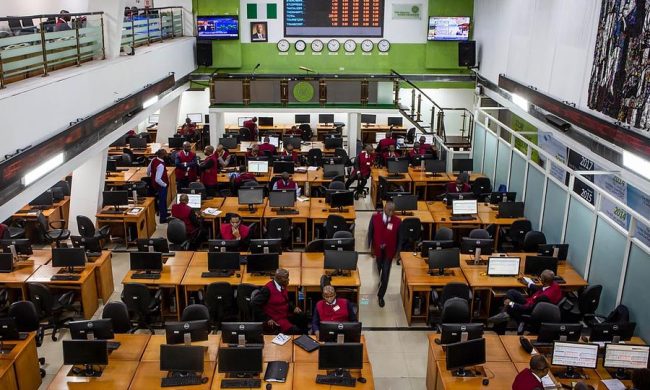Oil prices on Tuesday, February 28, continuing to trade in a tight range with the Organisation of Petroleum Exporting Countries, OPEC’s bullish production cuts offset by increasing crude production from the United States.
The cartel has so far surprised the market by showing record compliance with oil-output curbs, and could improve in coming months as the biggest laggards – the United Arab Emirates and Iraq – pledge to catch up quickly with their targets.
Benchmarks Brent and West Texas Intermediate crude oil were trading several cents on either side of the previous day’s close. By 0930 GMT, Brent was 3 cents higher at $55.96 a barrel while the U.S. benchmark was 3 cents lower at 54.02.
Under the deal, OPEC agreed to curb output by about 1.2 million barrels per day (bpd) from Jan. 1, the first cut in eight years.
In addition, 11 non-OPEC oil producers have promised to cut their output – Russia reduced production by 124,000 barrels per day this month compared with October levels, Interfax reported on Tuesday citing a source familiar with the data.
Investors raised their bets on rising Brent and WTI crude oil prices to fresh highs, data from the InterContinental Exchange and the U.S. Commodity Futures Trading Commission (CFTC) showed in recent days.
Meanwhile, passive investment funds were poised to shift an estimated $2 billion from far-term to near-term crude futures over the next week; another sign that market players are expecting a rally.
But while prices have risen around $10 a barrel since a low in November before the final OPEC deal was struck, they have been trading in a narrow range so far this year, said analysts at PVM.
Oil industry and OPEC country sources told Reuters Saudi Arabia wanted crude prices to rise to $60 a barrel this year, a level it saw as encouraging investments but not spurring a fresh surge in U.S. shale production, Reuters reports.














